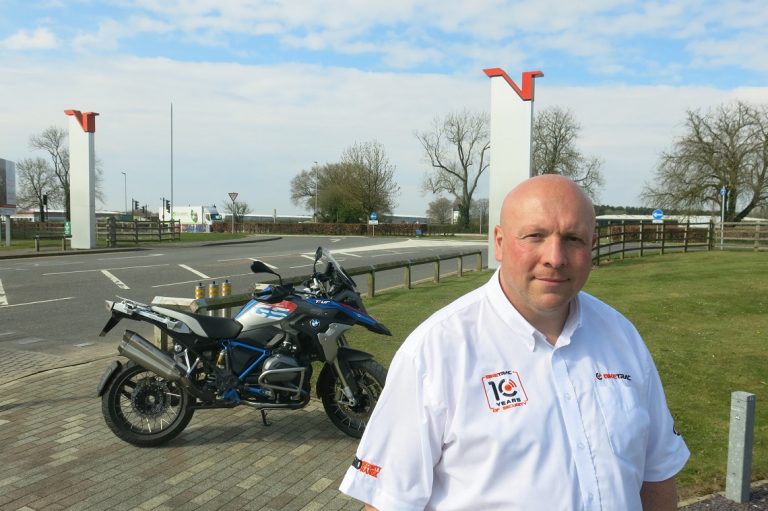Ollie Rooke catches up with Bill Taylor from British company Biketrac to discover how tracking technology is working to combat motorcycle theft
ABR: First up, why should I decide to fit a tracker to my motorcycle?
Bill Taylor: Trackers are proven to make a difference in reuniting owners with their stolen bikes. For example, for motorcycles fitted with a tracker, the recovery rate is now over 90% industry-wide.
ABR: When you put it like that, it seems like a no-brainer. What should I look for when buying a tracker?
Bill: Look for something that’s Thatcham Accredited. That means it’s approved by Thatcham Research, which works with manufacturers, insurers, and the law to protect vehicles in the UK. Next up, look for a tracker that comes with a subscription service. You’ll get ongoing service and support, plus the back-up of a response centre, working 24/7 throughout the year, which will track your bike should the worst happen.
There are a lot of products that can be fitted at home. But the police response to a bike with one of these would not be the same as it is with a Thatcham Accredited tracker fitted. When we report it, police know it’s a verified theft and that they won’t be sent on a wild goose chase.
ABR: What location technologies do trackers use, and are there situations that the technology won’t work in?
Bill: The most common technology is GPS, which offers real-time tracking. BikeTrac also uses Radio Frequency tracking (RF). GPS will locate a vehicle down to an area of about three to five metres, while RF can track it to within a metre. Imagine a bike has been hidden in a row of garages. GPS on its own will take you to that location but isn’t accurate enough to let police get a search warrant, as they can’t confirm exactly where it is. RF can. In fact, a colleague of mine once tracked down a Ducati 899 Panigale to a second floor flat.
ABR: What’s to stop thieves from removing trackers or disconnecting them from a bike’s battery?
Bill: Our unit requires professional installation to hook it up and hide it away, but it also has an internal battery with a lifespan of 30 days. It is connected to the main battery loom and gets topped up when the bike is running, but it runs off its internal juice when you park up. So, if the seat is removed and the battery disconnected, it’ll still transmit.
ABR: What recovery rates do you see for client bikes, and how often do the police need to search second-floor flats to recover them?
Bill: On average, 94% of stolen bikes fitted with BikeTrac are recovered. In 2021, we saw just over 200 customer bikes stolen, and the majority of those were taken and just left in a public area where we could quickly recover them. It’s the easiest option for the thief.
If the bike’s still there when they get back, they’ve got away with it. And if it’s not, well they’ve still got away with it. That’s why most of our recoveries happen with an hour or two, tops.


